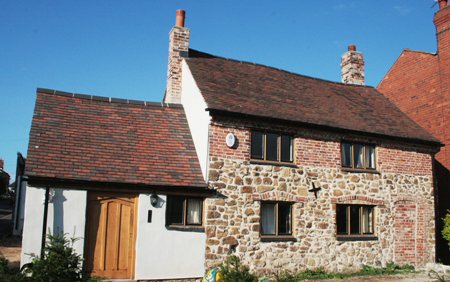Hmmm. Either I don’t make that distinction or my dialect doesn’t. “Lunch” and “luncheon” meat are synonymous to me.
Okay, Americans. Who else has the Oscar Mayer jingle stuck in their heads?
Fun fact: I’m the same age as that kid and I’ll be 56 in March.
Ranch dressing/sauce.
I am fairly sure we have a lot of similar dressings and sauces here, but they will typically just be named ‘sour cream and chive’ (or whatever); I think a lot of people have probably heard of ‘ranch’ (and of course probably know what a ranch is), but I think the average person on the street here in England might know that it is a dressing/sauce, but would not be able to list the ingredients or describe it accurately.
It does sometimes make appearance on menus but usually when the menu item (or the entire restaurant) is explicitly trying for an American style.
Also, pretty much any brand of hot dog/frankfurter sausages that Americans talk about, or indeed just beef franks in general - hot dog sausages here are most commonly made from pork and/or chicken/turkey, and are most commonly found packed in brine in cans or jars (but do not appear to be exactly the same as American Vienna sausages).
Vacuum packs of hot dogs are also available in the chiller cabinet, but not Oscar Mayer, Nathan’s Ball Park, Hebrew National, etc. Never seen any of those on sale here in England; never even really seen all-beef franks.
I don’t think that I could describe ranch dressing or list the ingredients. I think there’s buttermilk (or something buttermilk-like) in there, but that’s my only guess.
Vienna sausages are packed in slimy glop.
Maybe but we also have ‘sour cream & onion’ which is different from ranch. I don’t know if this is intended but I associate SC&O with potato chips and ranch with corn snacks like chips/totopos/Doritos, popped and/or extruded like Bugles.
I’m not saying we necessarily have anything that is exactly ranch, but under a different name. We have a variety of probably-ranch-adjacent things, none of which we call ranch.
… Not in Vienna… (No slime, And they are called… Frankfurter)
Also not in Germany. They usually come in brine in tin cans.
The latest one to confuse me is when a writer refers to the render on a house. “This house has render and that one does not.” It’s used frequently by at least one author and crops up when the characters are in the UK, in France, and finally in Hungary.
I’ve since learned what it is, but I don’t believe I’ve ever heard the term used here in the US. Maybe I just don’t hang in the right circles.
I’ve never heard it until today, either. If it’s even done to houses in the U.S., I might suspect a different term is used.
‘Pebble-dash’ is another term you might not have encountered (or perhaps only encountered in its figurative form where it is used to describe the outcome of an episode of digestive distress).
Most houses in Britain have walls built from bricks and/or concrete blocks, or stone; often the bricks or stones are left bare, but as a decorative finish, the walls are sometimes skimmed with a smooth or textured cement render which may be subsequently painted. Pebble-dash is a variant of this finish, where small gravel is hurled at the still-wet cement render, where it sticks and remains - looking like this:

“The third house had no render.”
“The render on the house was in bad shape.”
I was totally confused. What was more striking to me was that this seemed to be the author’s primary method of describing a house. A house has render…or it doesn’t. I truly don’t believe I’ve ever encountered the term before in a book by a UK author.
Very true. Never seen that term, either.
Makes sense, I guess, since most US houses are not very old and are “stick-built” with lumber.
Here’s a house constructed of stone and brick, with an extension (left) that has a smooth cement render that has been painted white.

Edit: this house has probably been extended twice; the brick courses on top have added a first floor and the original door has been bricked up (presumably replaced by the door in the extension to the side).
Americans would often call that “stucco”.
I think the usual U.S. term is “stucco”.
Edit: Dammit!
Stucco appears to be a whole category of applied coatings including interior finishes that would not necessarily be weatherproof; ‘render’ almost exclusively seems to mean an applied layer of sand/cement-based mortar (so I suppose render is a subset of stucco, but the term is not used here - for interior finishes, it’s pretty much always called plaster).
Same in the U.S. for plaster. I’ve never heard stucco used for inside coatings.